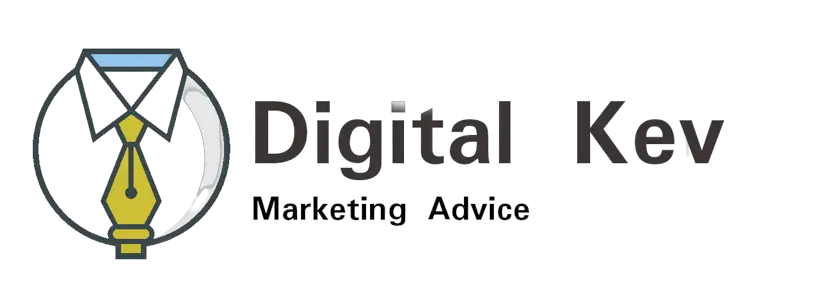Are you looking for ways to improve your website’s search engine optimization (SEO) and drive more traffic to your site? If so, consider optimizing your images.
Many website owners overlook the importance of image optimization, but it can play a significant role in boosting your SEO efforts. In this comprehensive guide, we’ll go over everything you need to know about image optimization, including why it matters, best practices, advanced techniques, and helpful tools.
Why Image Optimization Matters for SEO
When it comes to SEO, website load time and user experience are critical factors that affect your search engine ranking. Large image files can slow down your website and increase load time, negatively impacting your site’s user experience. As a result, search engines may rank your site lower. Alt text and image titles are also essential in image optimization as they provide context for search engines to understand your images’ content.
Best Practices for Image Optimization
To optimize your images, start by choosing the right file type. JPEG is a good option for images with many colors, while PNG is ideal for images with a few colors. Next, resize and compress your images to reduce their file size while maintaining their quality. Finally, rename your image files using descriptive keywords that help search engines understand your content better.
Advanced Techniques for Image Optimization
Advanced techniques can further improve your SEO by optimizing your images for different devices and internet speeds. Responsive images and SRCSET ensures that your images are sized appropriately for any device while lazy loading helps reduce website load times. SVGs are vector images that can be easily scaled without losing quality, making them an excellent option for infographics and logos.
Tools for Image Optimization
Several tools can help with image optimization, including Google Pagespeed Insights for analyzing your website’s performance, TinyPNG and Kraken.io for compressing image files, and Cloudinary and Imgix, which offer advanced features like adaptive image loading and image transformation.
The Bottom Line
Optimizing your images is a critical aspect of SEO that many website owners overlook. By following best practices, using advanced techniques, and utilizing tools, you can significantly improve your website’s load time, user experience, and search engine ranking.
FAQs
1. How can image optimization improve my search engine ranking?
Optimizing your images can improve your search engine ranking by reducing your website’s load time, improving user experience, and providing search engines with valuable information through alt text and image titles.
2. What is alt text, and why is it important in image optimization?
Alt text is a description of an image that appears in place of the image if it doesn’t load correctly. Alt text is essential in image optimization because it provides context for search engines to understand the image’s content.
3. Can I optimize images that I’ve already uploaded to my website?
Yes, you can optimize images that have already been uploaded by resizing, compressing, and renaming the files with descriptive keywords.
4. Are there any downsides to using SVGs?
SVGs are excellent for infographics and logos, but they aren’t suitable for complex images that require texture, such as a photograph.
5. What is lazy loading, and how can it improve my website load time?
Lazy loading is a technique that delays the loading of images until the user scrolls down to the image’s location. This technique reduces load time by only loading the images that the user needs to see.

